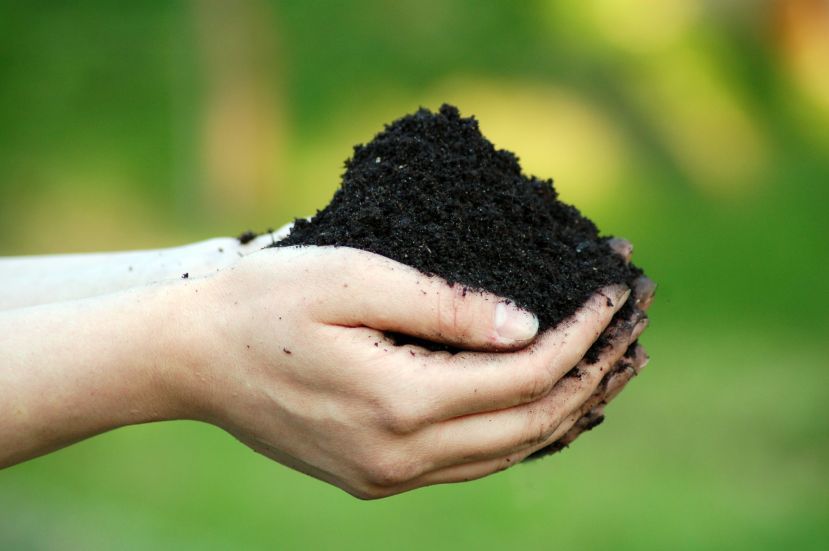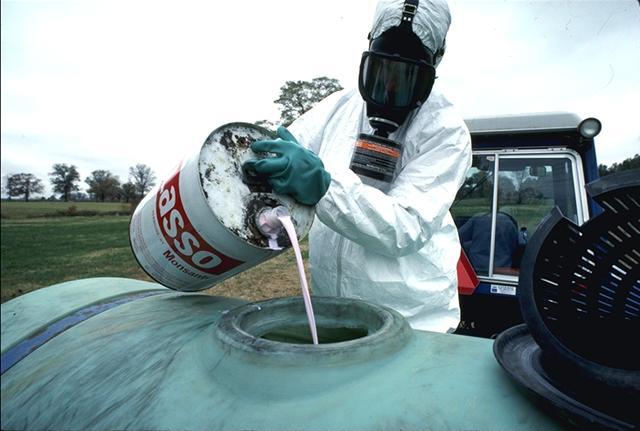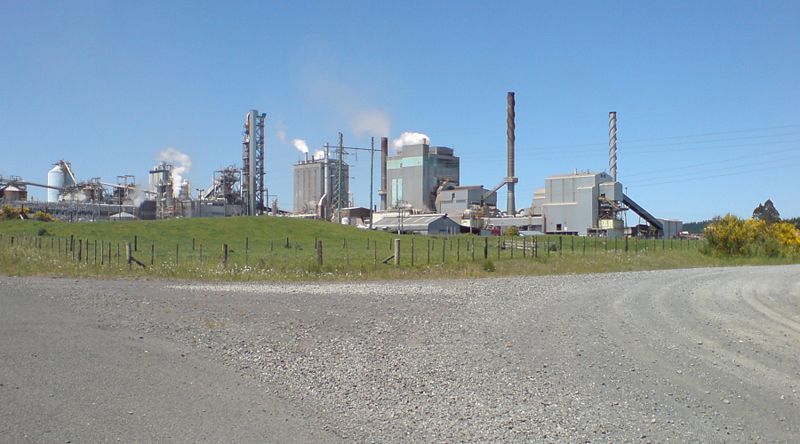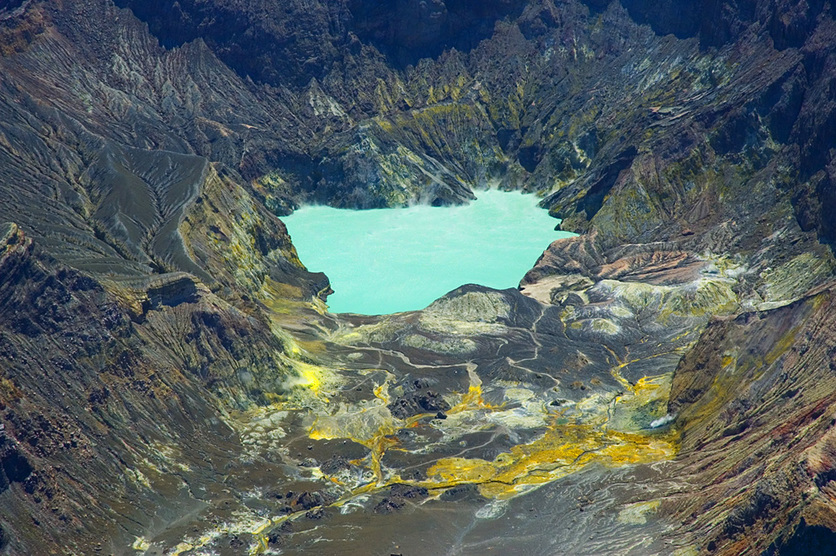We rely on the land to provide the country with food, mineral resources and places to build our homes and industries, but all these uses can put a strain on the land and affect the soil itself.
Farming
New Zealand relies on farming to provide the food we eat and to provide the country with an income from exports. We have many important crops, such as apples, kiwifruit, and grapes (for wine). We grow cattle for beef and for milk products, and sheep for meat and wool. But much of New Zealand’s farmland has low nutrient soil. Farmers add fertiliser to improve the fertility of the land and therefore increase production. The use of fertilisers has been increasing over the years, especially with the increase of dairy farming on land once considered unsuitable. The problem is that often farmers apply more fertiliser than can be used by the crop or grass, and the excess washes off into our waterways. These nutrients can then cause aquatic plants to grow more quickly than they normally would. This rapid growth uses up all the oxygen in the water, and because there is less oxygen in the water, the animals that live in the streams and rivers may die. It can also increase the amount of nitrates in our drinking water, which is linked to a potentially fatal disease in infants called methemoglobinemia or ‘blue baby syndrome’.
The use of pesticides has also been increasing in New Zealand. The ability of a chemical to get into the water depends on how easily it breaks down, the ability to dissolve in water, the type of soil it is applied to and how much the pesticide is used. A study conducted in the Waikato region measured the levels of pesticide in groundwater in areas where pesticides were regularly used. Of 35 wells measured, 20 had traces of pesticide. Almost all of these had levels well below the maximum accepted values (MAV) set for our drinking water. Two wells contained levels of the pesticide (dieldrin) that were much higher than the MAV. This insecticide was believed to have come from nearby sheep-dipping pits.
Sheep dipping is carried out by farmers to control insects on the animals. In the past, this involved dunking the sheep into a pit of organochloride insecticides, such as dieldrin, lindane or DDT. Arsenic was also used as a dip before the 1950s. The use of organochlorides for sheep dipping stopped in the 1970s, so the results described above highlight the long-lasting nature of this toxin. New Zealand has up to 50,000 old sheep dips, and many of them are likely to be considered contaminated sites.
Industry
Many industries use chemicals in their production processes. Often, in the past, these chemicals were not used or stored in ways that would be deemed safe by today’s standards. People were not so aware of the harm these chemicals could do to our health or our environment as we are today. Today, we have to abide by laws that enforce proper use and storage of chemicals.
One industry that uses chemicals is timber treatment. Preservatives are added to wood to prevent the timber being attacked by fungi and insects. One of these chemicals was pentachlorophenol (PCP), which was later banned in 1991. There are still several timber treatment sites that are considered to be contaminated.
Natural soil pollutants
New Zealand has traces of several heavy metals in its rocks that can become pollutants. We have many geothermal hot springs, which can form deposits of heavy metals such as arsenic, mercurycadmium, zinc and lead.
Arsenic is the most commonly occurring potential natural toxin in our environment. Arsenic can get into the soil through weathering and erosion of rocks or by leaching into groundwater. Arsenic is a highly toxic carcinogen, which can cause bladder, kidney and liver cancer. It may also affect the nervous system and cause birth defects.
Processes such as gold mining can increase the level of heavy metals in the environment, as gold is commonly found with other heavy metals that are left behind when the gold is extracted.
Related activities
Find out more about soil quality by conducting a visual soil assessment to examine soil structure and look for earthworms.
Use this web quest activity to get groups of students using web links provided to study the clean-up of sites contaminated by hazardous waste.
Explore the issues of land use and water quality with nutrient pollution and water and nutrient leaching. These demonstrate how nutrients enter into water systems or use an aquarium nitrate test kit to test water samples.
Combine science learning with ethical issues and explore the balance between farming and environmental tensions.
Related content
Find out more about soil formation, soil properties and soil contamination.
Tupuānuku is a whetū in the Matariki cluster. This article uses Tupuānuku as the context for reporting on soil quality and soil losses in Aotearoa, with links to mātauranga Māori.




